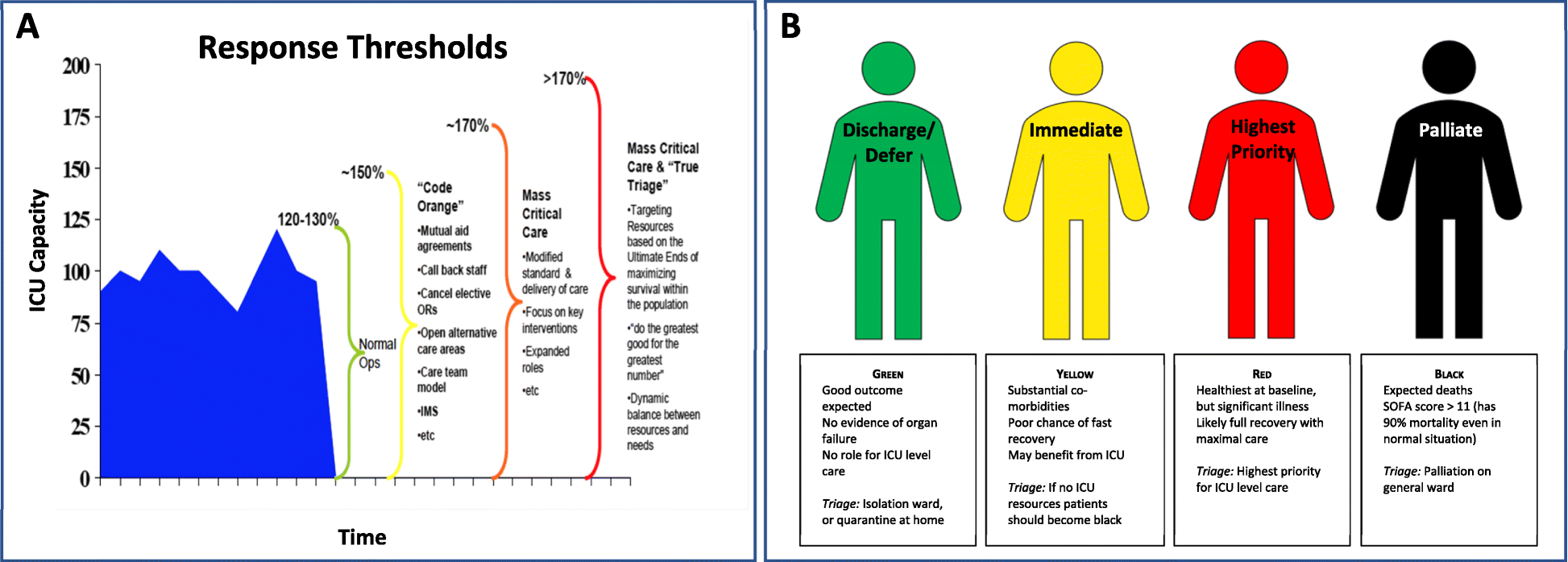Critical care : the official journal of the Critical Care Forum
-
Randomized Controlled Trial
Adaptive mechanical ventilation with automated minimization of mechanical power-a pilot randomized cross-over study.
Adaptive mechanical ventilation automatically adjusts respiratory rate (RR) and tidal volume (VT) to deliver the clinically desired minute ventilation, selecting RR and VT based on Otis' equation on least work of breathing. However, the resulting VT may be relatively high, especially in patients with more compliant lungs. Therefore, a new mode of adaptive ventilation (adaptive ventilation mode 2, AVM2) was developed which automatically minimizes inspiratory power with the aim of ensuring lung-protective combinations of VT and RR. The aim of this study was to investigate whether AVM2 reduces VT, mechanical power, and driving pressure (ΔPstat) and provides similar gas exchange when compared to adaptive mechanical ventilation based on Otis' equation. ⋯ Adaptive mechanical ventilation with automated minimization of inspiratory power may lead to more lung-protective ventilator settings when compared with adaptive mechanical ventilation according to Otis' equation.
-
What is this?
Kain & Fowler's prescient review from October 2019 sets out how intensive care units should prepare and respond to the next pandemic, both practically at a hospital level and at a wider health-system. Although the focus was on an influenza pandemic, the advice is readily applicable to the SARS-COV-2 pandemic.
Background
They note that not only have we seen regular influenza outbreaks in addition to other viral pandemics, that due to increased urbanisation, population density, global travel and living proximity to animals, there is rapidly increasing global risk of a viral pandemic.
"When considering preparation for the next pandemic, it is not a matter of if it will occur, but rather a matter of when." – Kain & Fowler
They provide an overview of historical influenza pandemics over the last century, most recently with the 2009 H1N1 swine-flu pandemic, killing 300,000 people.
- Despite this history we remain unprepared for a pandemic.
- From an ICU perspective, conservative models predict >170% ICU resource utilisation due to a pandemic. They note that most health systems would struggle with even this optimistic surge.
- SARS experience in Canada, despite only 251 cases, critically stretched hospital and ICU resources.
What preparation do they recommend?
Kain and Fowler suggest global focus on:
- Pandemic surveillance.
- Prepare health-system scalability to manage surge: equipment, physical space, human resources, and system (eg. stepped triage plans).
- Prepare for mass vaccine production.
- Better coordinate and integrate communications.
- Streamlined research and ethics proposals for rapid initiation.

They highlight the importance of intensivists being involved in strategic planning, so as to coordinate ICU responses for "...triage, clinical care, and infection control." – noting that during SARS 20% of infections were in healthcare workers, and hospitals themselves became important sources of transmission.
Final word...
The IHR Committee's review following the 2009 H1N1 pandemic is now only too obvious:
summary“...the world is ill-prepared to respond to a severe influenza pandemic or to any similarly global, sustained, and threatening public-health emergency.” – International Health Regulations Committee (2011)
-
Observational Study
The interactive effects of input and output on managing fluid balance in patients with acute kidney injury requiring continuous renal replacement therapy.
The interactive effect of cumulative input and output on achieving optimal fluid balance has not been well elucidated in patients with acute kidney injury (AKI) requiring continuous renal replacement therapy (CRRT). This study evaluated the interrelation of fluid components with mortality in patients with AKI requiring CRRT. ⋯ The impact of cumulative fluid balance on mortality might be more dependent on cumulative output. The physicians need to decrease the cumulative fluid balance of CRRT patients as much as possible and consider increasing patient removal.
-
The performance of blood biomarkers (mid-regional proadrenomedullin (MR-proADM), procalcitonin (PCT), C-reactive protein (CRP), and lactate) and clinical scores (Sequential Organ Failure Assessment (SOFA), National Early Warning Score (NEWS), and quick SOFA) was compared to identify patient populations at risk of delayed treatment initiation and disease progression after presenting to the emergency department (ED) with a suspected infection. ⋯ Patients with low severity signs of infection but high MR-proADM concentrations had an increased likelihood of subsequent disease progression, delayed antibiotic administration or ICU admission. Appropriate triage decisions and the rapid use of antibiotics in patients with high MR-proADM concentrations may constitute initial steps in escalating or intensifying early treatment strategies.